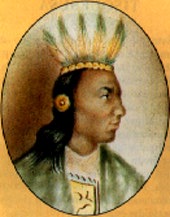Africa
- Adal Sultanate – Muhammad ibn Badlay (1445–1471)
- Ethiopian Empire – Zara Yaqob (1434–1468)

The Adal Sultanate, or Kingdom of Adal, was a Muslim Somali kingdom and sultanate located in the Horn of Africa. It was founded by Sabr ad-Din II after the fall of the Sultanate of Ifat. The kingdom flourished from around 1415 to 1577. The sultanate and state were established by the local inhabitants of Zeila. At its height, the polity controlled most of the territory in the Horn region immediately east of the Ethiopian Empire (Abyssinia). The Adal Empire maintained a robust commercial and political relationship with the Ottoman Empire.
Muhammad ibn Badlay was a Somali Sultan of the Sultanate of Adal. He was the son of Badlay ibn Sa'ad ad-Din.

The Ethiopian Empire, also known by the exonym "Abyssinia", or just simply Ethiopia was a kingdom that spanned a geographical area in the current states of Eritrea and Ethiopia. It began with the establishment of the Solomonic dynasty from approximately 1270 and lasted until 1974, when the ruling Solomonic dynasty was overthrown in a coup d'état by the Derg.








